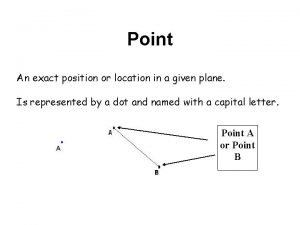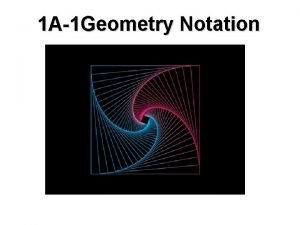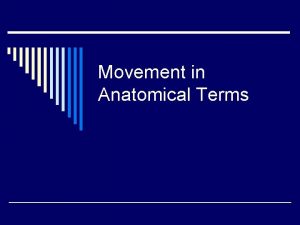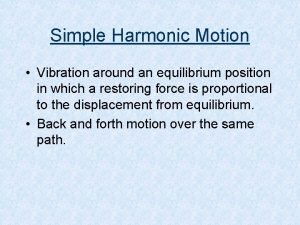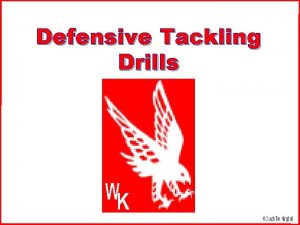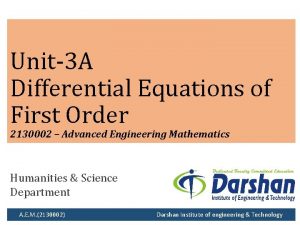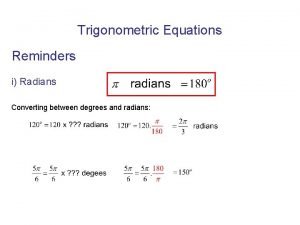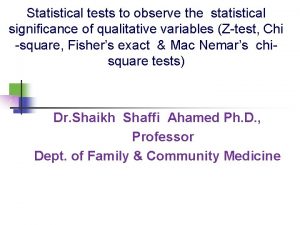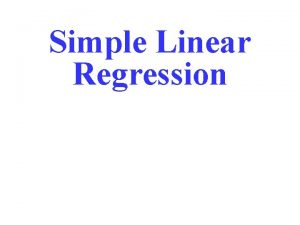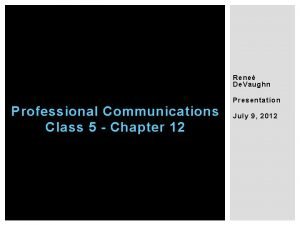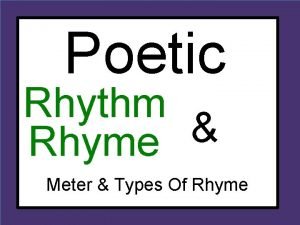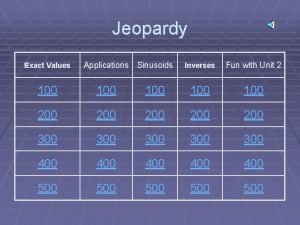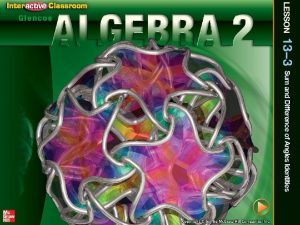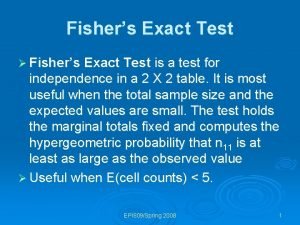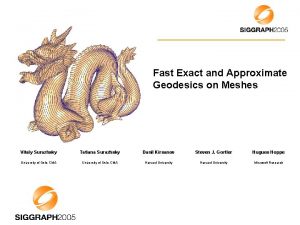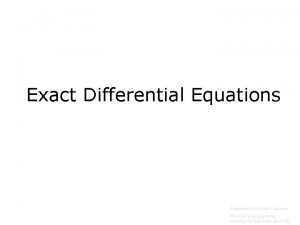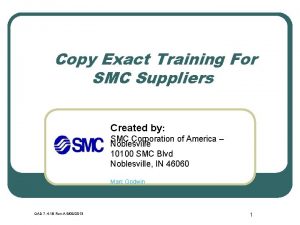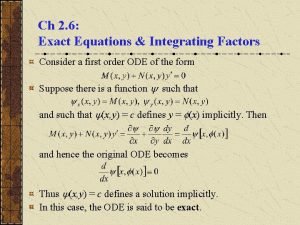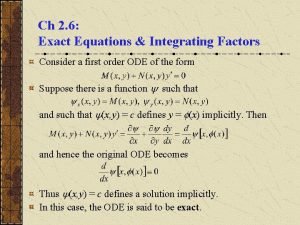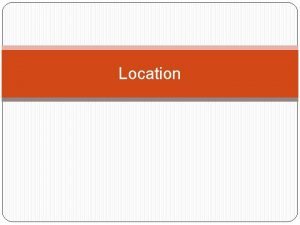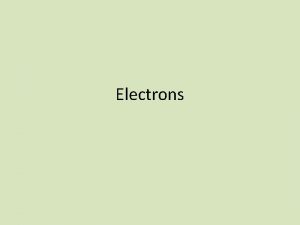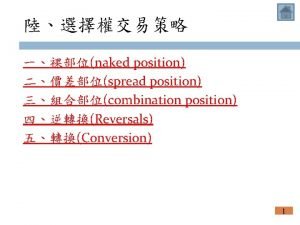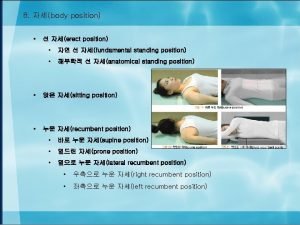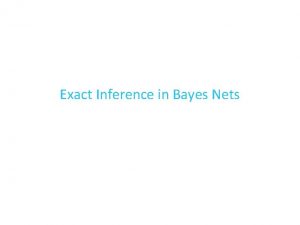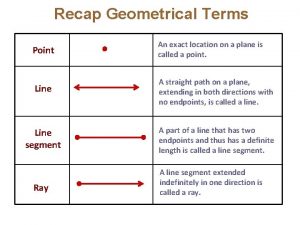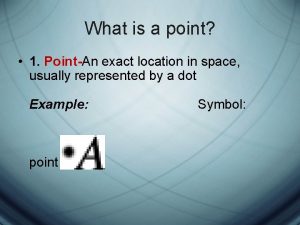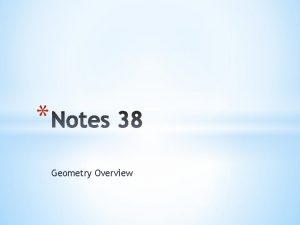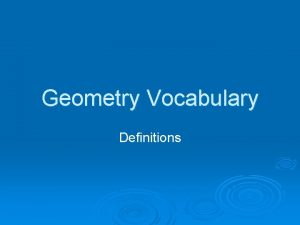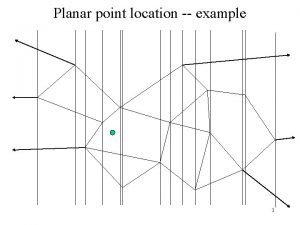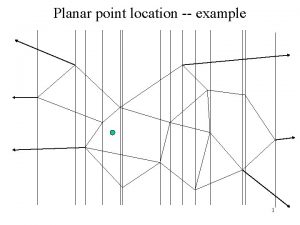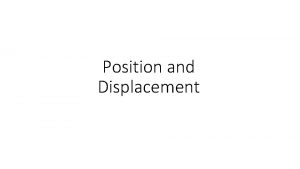Point An exact position or location in a





























- Slides: 29

Point An exact position or location in a given plane. Is represented by a dot and named with a capital letter. Point A or Point B

Line The set of points between points in a plane and the infinite number of points that continue beyond the points. Written as Q P

Line Segment A line with two endpoints. Written as

Distance along a line The linear distance between two points on a given line.

Parallel Lines in a plane that either do not share any points and never intersect, or share all points. Written as

Perpendicular Line Two lines that intersect at a right angle (90°). Written as

Ray A line that has one endpoint and continues on forever in the opposite direction.

Angle A shape, formed by two lines or rays diverging from a common point (the vertex). The angle is

Right Angle An angle that measures 90°.

Acute Angle An angle measuring less than 90° but greater than 0°.

Obtuse Angle An angle measuring greater than 90° but less than 180°.

Straight Angle An angle measuring exactly 180°.

Adjacent Angles Two angles that share a common vertex and side. SIDE BY SIDE

Linear Pair Two adjacent angles that form a straight line. 1 2

Vertical Angles Two angles directly across from each other. They share a common vertex. E & G and H & F are vertical anlges. e h f g

Supplementary Angles Two angles that add up to 180°. 1 2

Complementary Angles Two angles that add up to 90 degrees. 1 2

Circle • The set of all points in a plane equidistant from a certain point called the center.

One-to-One A relationship wherein each point in a set of points is mapped to exactly one other point.

Pre-image The original figure before undergoing a transformation.

Image The new, resulting figure after a transformation

Isometry A transformation in which the preimage and image are congruent preserving length and angles measure and distance between lines

Transformations are called RIGID if every image is congruent to its preimage. Rigid transformations can also be referred to as an ISOMETRY. Every segment is congruent to its image.

Congruent Figures are congruent if they have the same shape, size, lines, and angles.

Similar Triangles are similar if they have the same shape but have different sizes.

To divide into two congruent parts. J L K M BISECT

Line of Symmetry • the imaginary line where you could fold the image and have both halves match exactly

Find the value of each variable, given that the transformation is an isometry.

Which of the following are rigid transformations? (Isometry)
 A point is an exact
A point is an exact Proper notation geometry
Proper notation geometry Second position echappe
Second position echappe A cross country skier moves from location a to location b
A cross country skier moves from location a to location b Regional factors for location planning
Regional factors for location planning Fundamental position vs anatomical position
Fundamental position vs anatomical position Definition of fundamental position
Definition of fundamental position Coplanar points
Coplanar points Equilibrium position in shm
Equilibrium position in shm Tackle circuit drills
Tackle circuit drills Zanca view
Zanca view Exact value table higher maths
Exact value table higher maths Exact cell decomposition
Exact cell decomposition 2130002
2130002 Sin cos tan chart triangle
Sin cos tan chart triangle Sumatra exact
Sumatra exact Fisher exact test
Fisher exact test Kpi exact dan proxy
Kpi exact dan proxy Exact linear relationship
Exact linear relationship Exact path
Exact path Exact values chart
Exact values chart What is a rhyme scheme
What is a rhyme scheme Find the exact value sec(135)
Find the exact value sec(135) Cos135 exact value
Cos135 exact value Fisher exact test
Fisher exact test Fast exact and approximate geodesics on meshes
Fast exact and approximate geodesics on meshes Exact differential equation
Exact differential equation Copy exact training
Copy exact training Exact differential equation integrating factor
Exact differential equation integrating factor Exact equation
Exact equation
